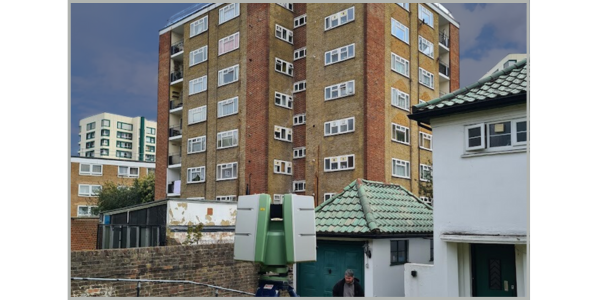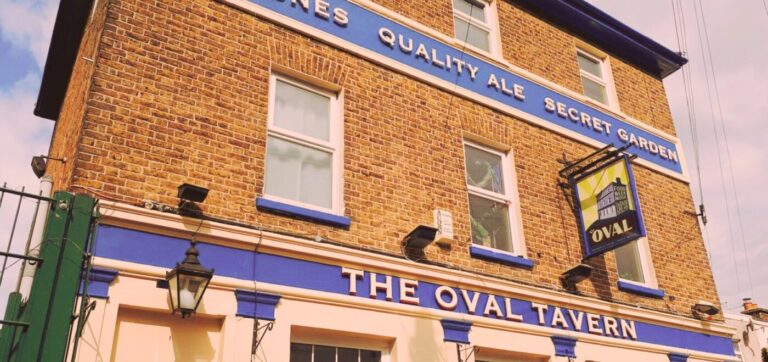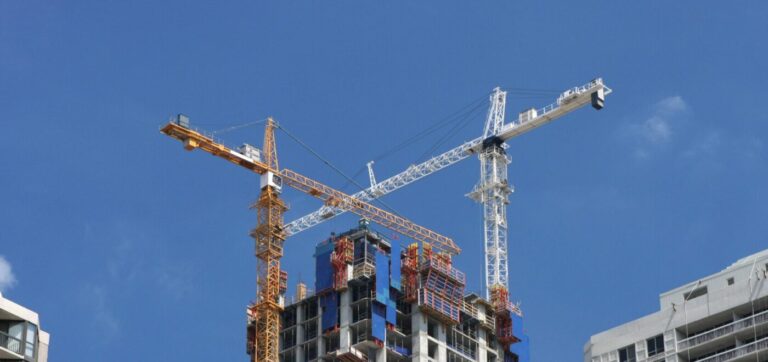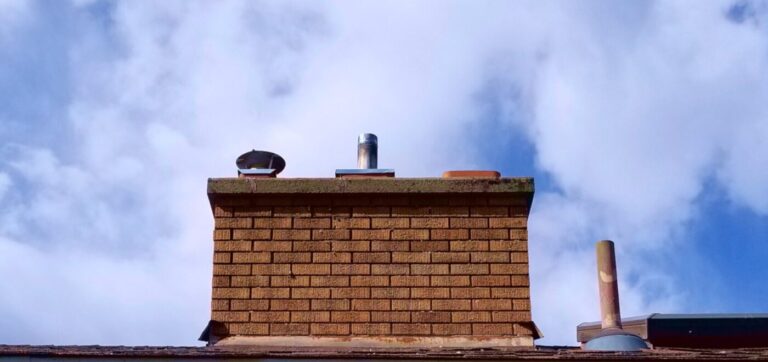Measured surveys play an important role in aiding the architectural sectors‘ push towards greater sustainability. The UK government’s plan to reach net zero by 2050 is necessary. However, the goal itself has meant UK companies across the AEC sector have had to rethink their processes and goals.
MAKING DECISIONS THROUGH ACCURATE DATA
Reliable and accurate data is a necessity for architects. Leading measured survey companies conduct a range of services that help architectural clients make informed decisions on a daily basis. These include measured building surveys, topographical surveys, underground utility surveys and CAD drawings.
Advanced laser scanning technology alongside drones and BIM in the modern day are highly efficient and helps to reduce errors and avoid delays for architects. This, in turn, reduces pollution due to a lessening of travel and site work. This aids projects with a smaller carbon footprint.
MAKING A DIFFERENCE THROUGH RETROFIT
Architectural re-design plays a crucial role in enhancing the sustainability and energy efficiency of existing buildings through retrofitting. By utilising innovative design strategies, architects and designers can significantly improve the performance of current buildings while minimising their environmental impact.
Surveyors are key in optimising existing layouts and orientations of interiors. Retrofit surveys are key in maximising natural light, ventilation and solar energy efficiency making properties environmentally friendly and more appealing in general. You can read more about Spatial Dimension’s retrofit work here.
According to PWC there are 29 million homes in the UK which require retrofit measures. Decarbonising this amount of homes would not only reduce carbon emissions but create up to 580,000 jobs including surveyors, modellers and technicians.

BEST PRACTICES - WORKING SUSTAINABLY
In any architectural project, following best practices is highly important. Surveyors need to collaborate with stakeholders, including architects, to make sure sustainability goals are met by themselves. This helps to contribute to the end goal of the project.
When working on projects such as public and heritage sites, it’s fundamental data and the surveying processes are tracked. In the example of the heritage sector, the client has the right to reject surveying techniques on legitimate grounds including unsustainable practices.
It’s in the surveyor’s best interest to work sustainably to reduce the carbon footprint of the job but to also retain work.
OPPORTUNITIES & CHALLENGES
There are many challenges and therefore opportunities in the growing sustainability sector, for both surveyors and architects.
According to the Green Economy, last year the net-zero economy grew by 9% (compared to just 0.1% of the UK economy as a whole). In the same article, CBI Economics detailed a gross added value of £74 billion to net-zero associate companies.
Coupled with retrofit work and sustainable schemes, the opportunity for UK architecture, and surveyors is there to see. However, as the UK’s green economy grows multi-national companies from the US and Europe will be looking to tap into this market. It’s therefore important the AEC industry within the UK collaborates to minimise overseas competition.
CONCLUSION
In conclusion, measured surveys support the architectural sector on many fronts. In this article we have looked at some key aspects; decision-making, retrofit work, best practices and the opportunities/challenges this leaves us with.
Through best practices, the surveying industry is using better technology to increase efficiency and reduce emissions. In the planning process, surveyors look at the environmental impact of work and how this can be minimised to help architects with bidding and their design processes.
The green economy’s growth is vast when compared to the UK as a whole. The need for architectural insight in the retrofit market, and the overall housing market, is just one section of sustainable design.
Over several years Spatial Dimensions has been integral to providing reliable information to our architect clients. As a member of the UK Green Building Council (UKGBC) we are part of a unified voice to transform the sustainability of the building environment for the better. With over 720 members the UKGBC we are working in response to the climate and nature crises.







